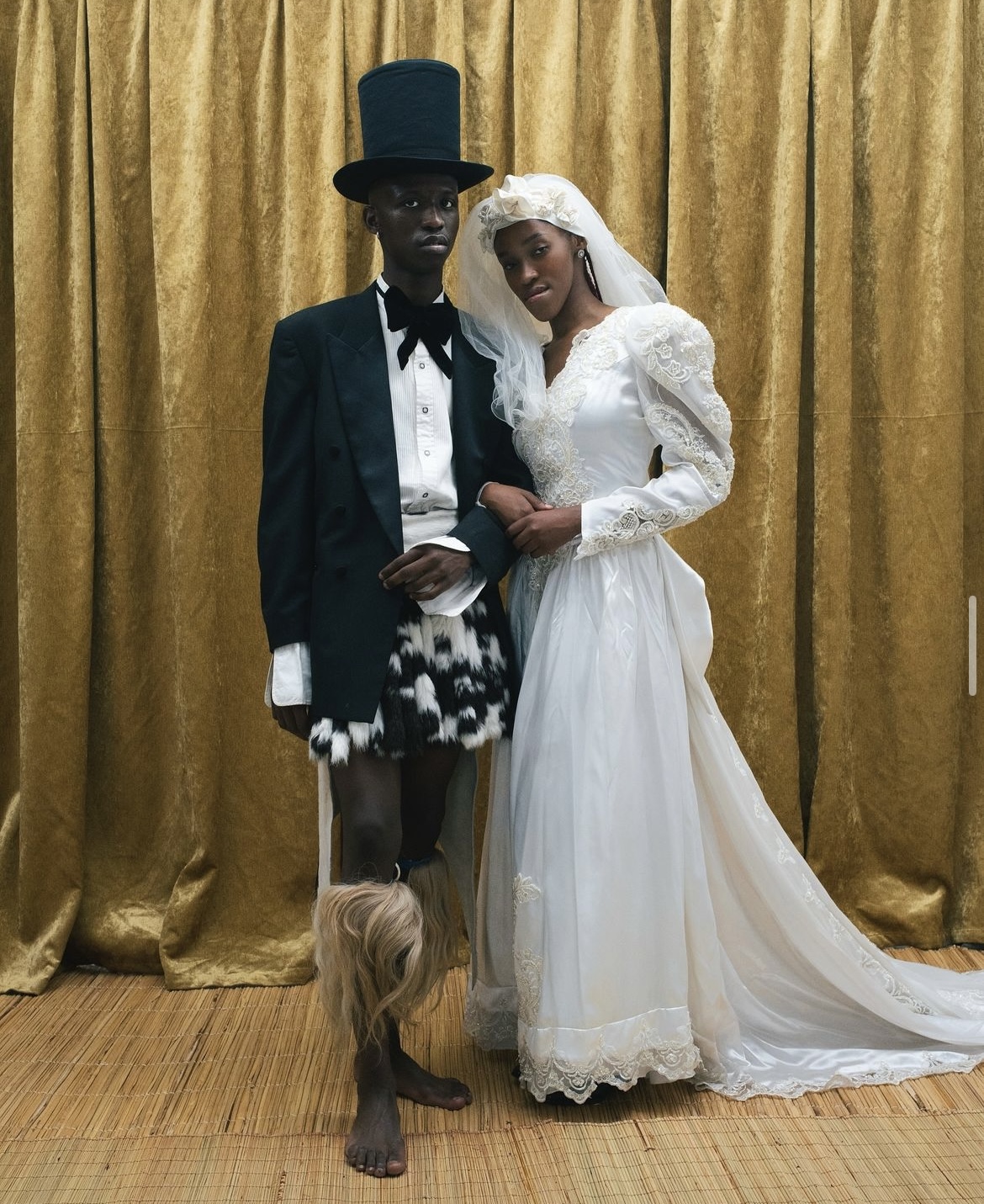Fashion has long been a reflection of culture, a means of self-expression, and, at times, a tool of oppression. Fashion Accounts in Museum Africa is a groundbreaking exhibition that reimagines how we view and archive fashion, particularly in the context of Black South African histories. Curated by Wanda Lephoto, Erica de Greef, and Alison Moloney, this thought-provoking exhibition sheds light on the erasure of Black South African fashion from museum collections while creating space for powerful stories of memory, resistance, and preservation.
Running from 15 November 2024 to 28 February 2025, the exhibition features works from esteemed designers such as Thebe Magugu and Sindiso Khumalo, as well as new commissions by The Sartists and Mimi Duma. In this interview, the curators discuss the origins of Fashion Accounts, the importance of preserving fashion as a cultural artefact, and the future of museum practices.
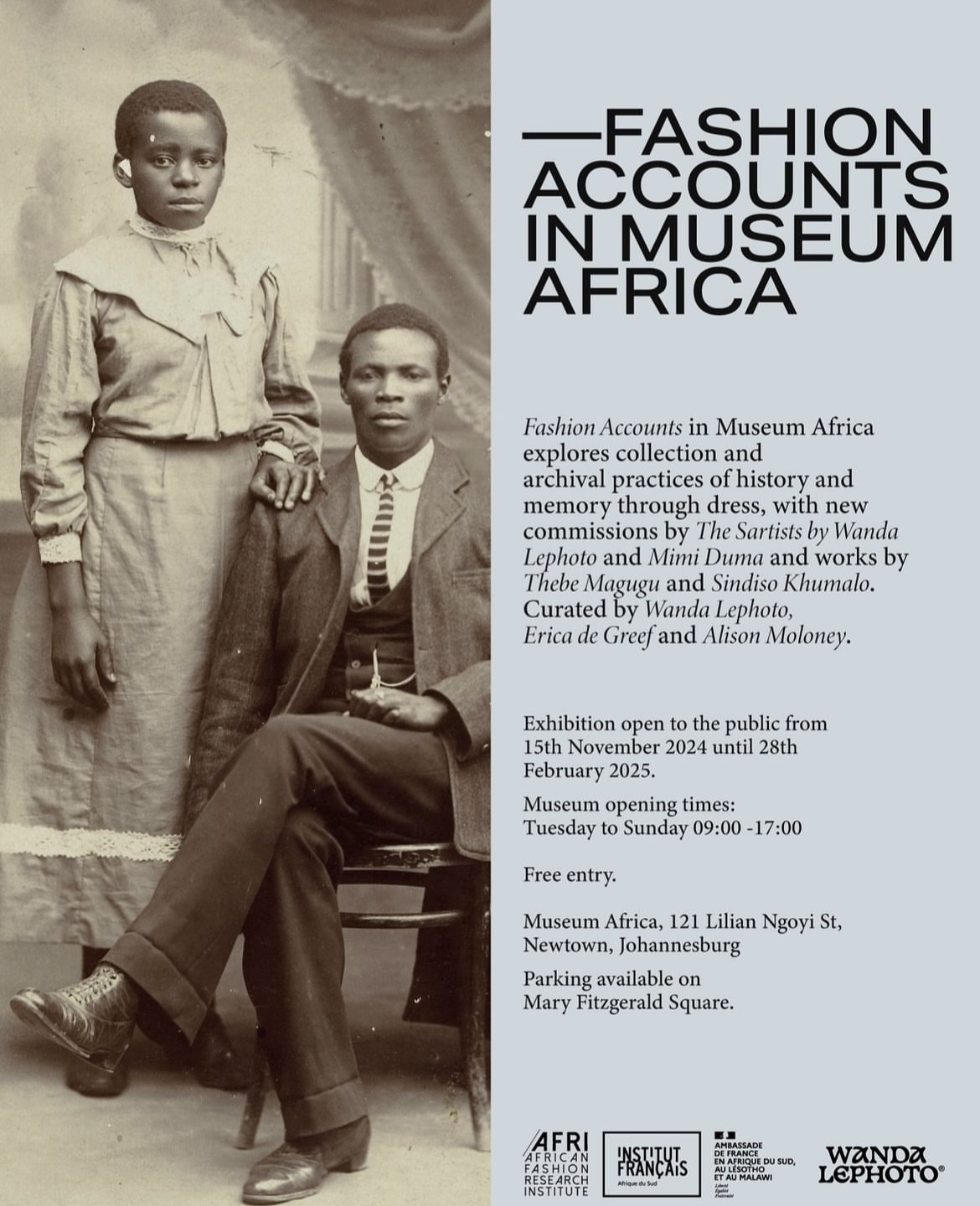
Fashion Accounts boldly spotlights the overlooked histories of Black South African fashion within museum collections. What sparked this creative direction, and how did it evolve into such a powerful exhibition?
Alison Moloney: In 2018, I received an arts grant to travel from London to South Africa and connect with key practitioners I admired from afar. Meeting Erica de Greef and Wanda Lephoto was pivotal. Erica’s PhD challenged South African museum practices, while Wanda’s work with The Sartists at Brighton Museum’s Fashion Cities Africa exhibition captured my attention.
Our collaboration began through conversations about the Bernberg Fashion & Textiles Collection at Museum Africa. Over the years, we worked through the violent absence of Black South African fashion histories in museum collections. These discussions, often held over Zoom, WhatsApp, or during funded research visits, allowed us to confront these archives while creating a safe space to challenge, argue, and ultimately respect one another’s perspectives. The exhibition is a reflection of these years of dialogue, our friendship, and our collective effort to confront systemic exclusions.
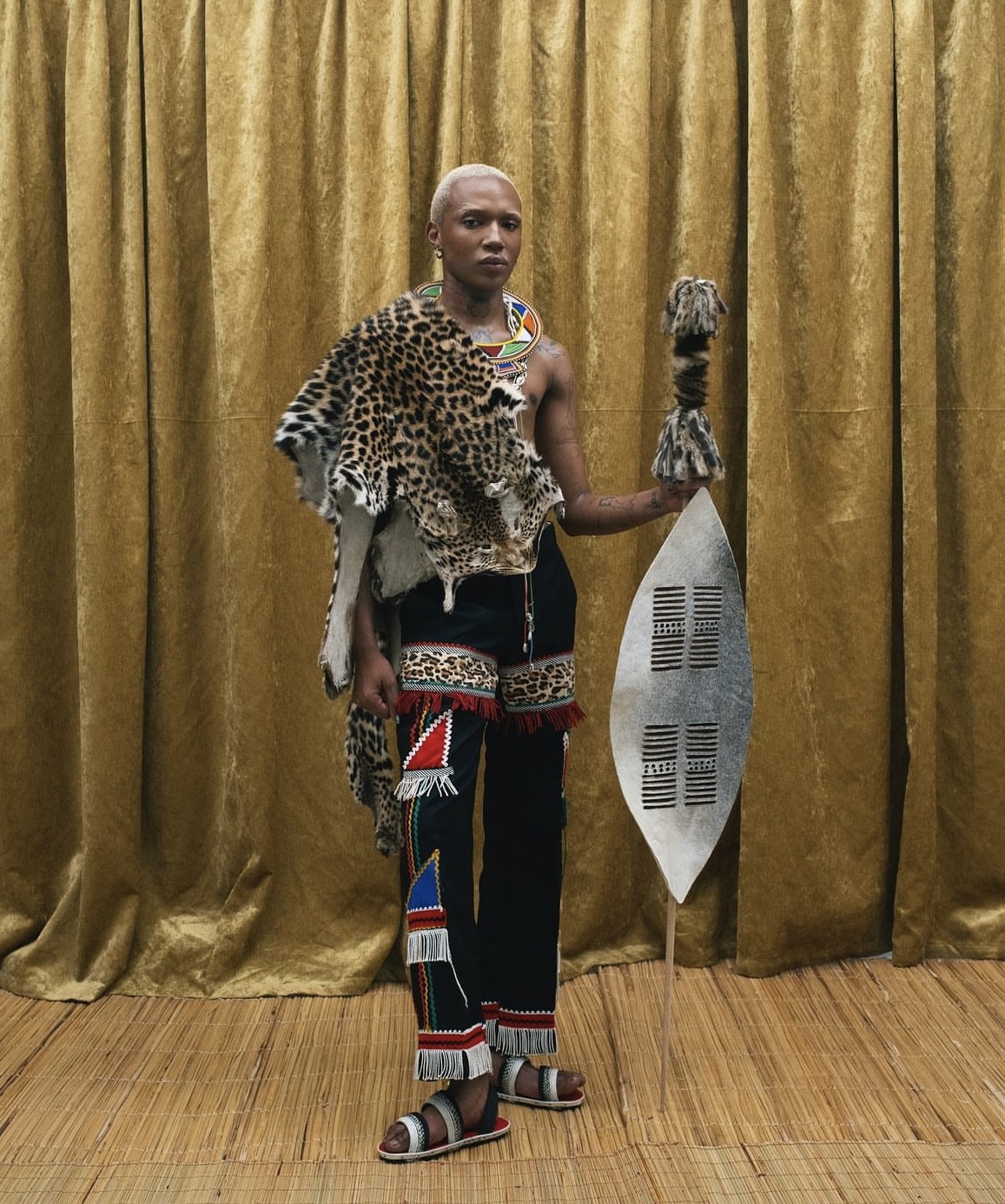
The exhibition delves into themes of memory, resistance, and preservation. How are these ideas brought to life through the works of Thebe Magugu, Sindiso Khumalo, and The Sartists?
Wanda Lephoto: Memory is our tribute to those who came before us. It is critical in preserving stories and passing them down to future generations, particularly in South Africa, where archives are often lost or destroyed.
The Sartists’ work restores memory by reconstructing oral histories passed down through families, countering the absence of official lineage documents. Thebe Magugu’s work honours memory through love, creating new ways of archiving the past for future generations. Sindiso Khumalo uses fashion as a tool of resistance, reclaiming dark histories and transforming them into moments of unity and healing. These artists remind us that fashion is more than clothing—it is a cultural artefact that holds immense power.
Fashion has been both an artefact of beauty and a tool of colonial oppression. How does Fashion Accounts explore these dualities, and what conversations do you hope it inspires?
Wanda Lephoto: Fashion objects are often admired for their beauty and craftsmanship, but they also carry layered, painful histories. In the context of colonialism, these objects become remnants of historical trauma, tools that were once used to oppress.
Through Fashion Accounts, we aim to spark self-reflection in audiences. We want them to interrogate their beliefs about South Africa’s shared histories and recognise the significance of reckoning with these narratives.
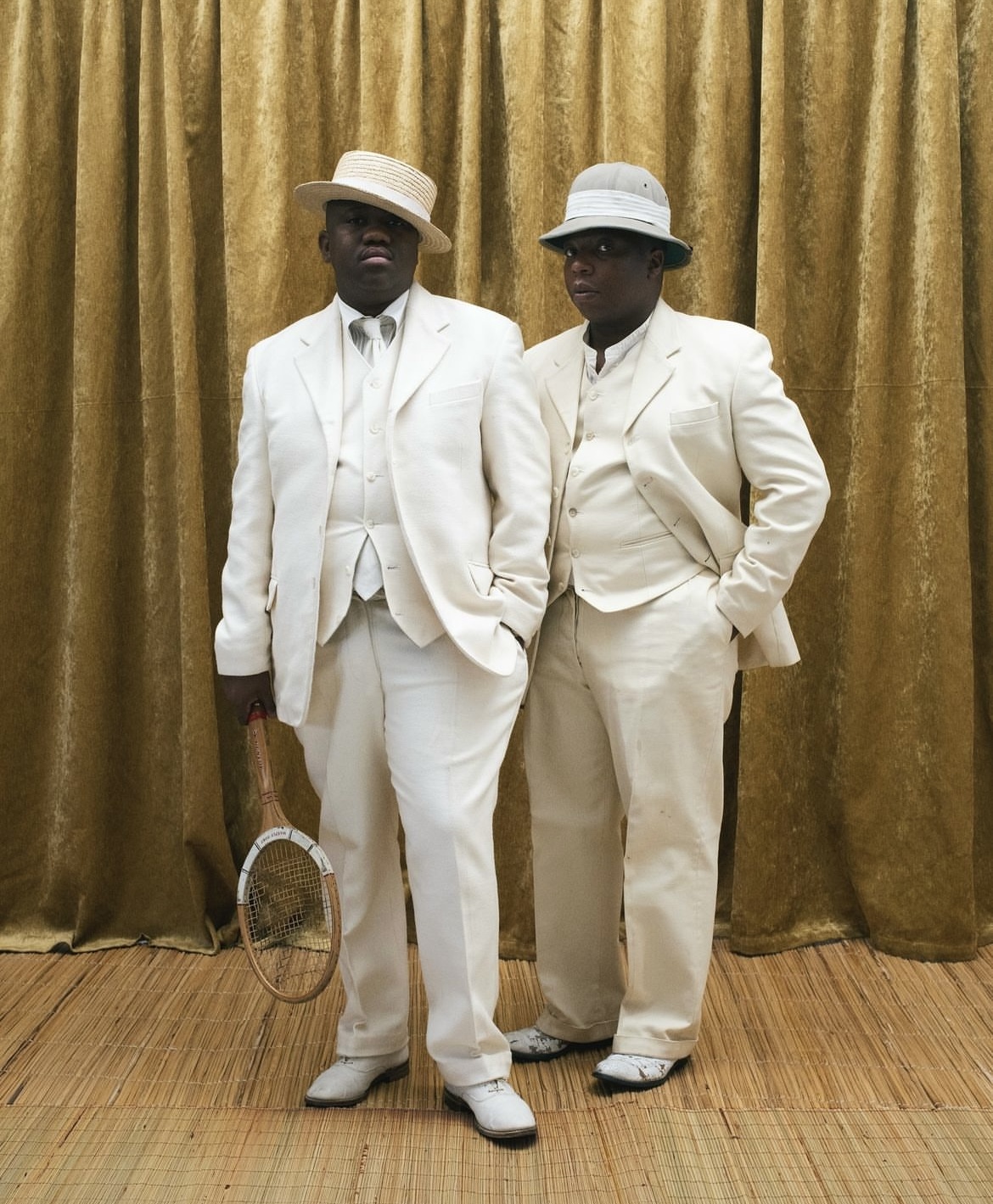
What do the contributions of artists like Mimi Duma and The Sartists add to the dialogue about fashion as both a cultural artefact and a historical record?
Alison Moloney: Mimi Duma foregrounds spirituality, particularly through the symbolism of hair and women’s lives, integrating Zulu beadwork into her installations. Her work breaks free from traditional museum displays by embodying and fashioning culture in a dynamic way.
The Sartists reclaim lost histories through collective practices, fictioning, and storytelling. They make visible the memories of their parents’ generation, which apartheid sought to erase. Together, their contributions challenge traditional narratives while reclaiming Black South African identities.
How do young South African designers engage with historical narratives, and are they successfully reclaiming the stories of the past?
Erica de Greef: In the early 2000s, only a few designers began referencing local histories rather than adhering to global trends. Today, many young designers actively rewrite these stories, presenting nuanced understandings of South Africa’s cultural complexities in a post-apartheid context.
Designers like Thebe Magugu and Sindiso Khumalo champion afro-sustainability and decolonial practices, offering fresh perspectives on history. These efforts are creating new languages and narratives within South African fashion, ultimately nurturing cultural pride.
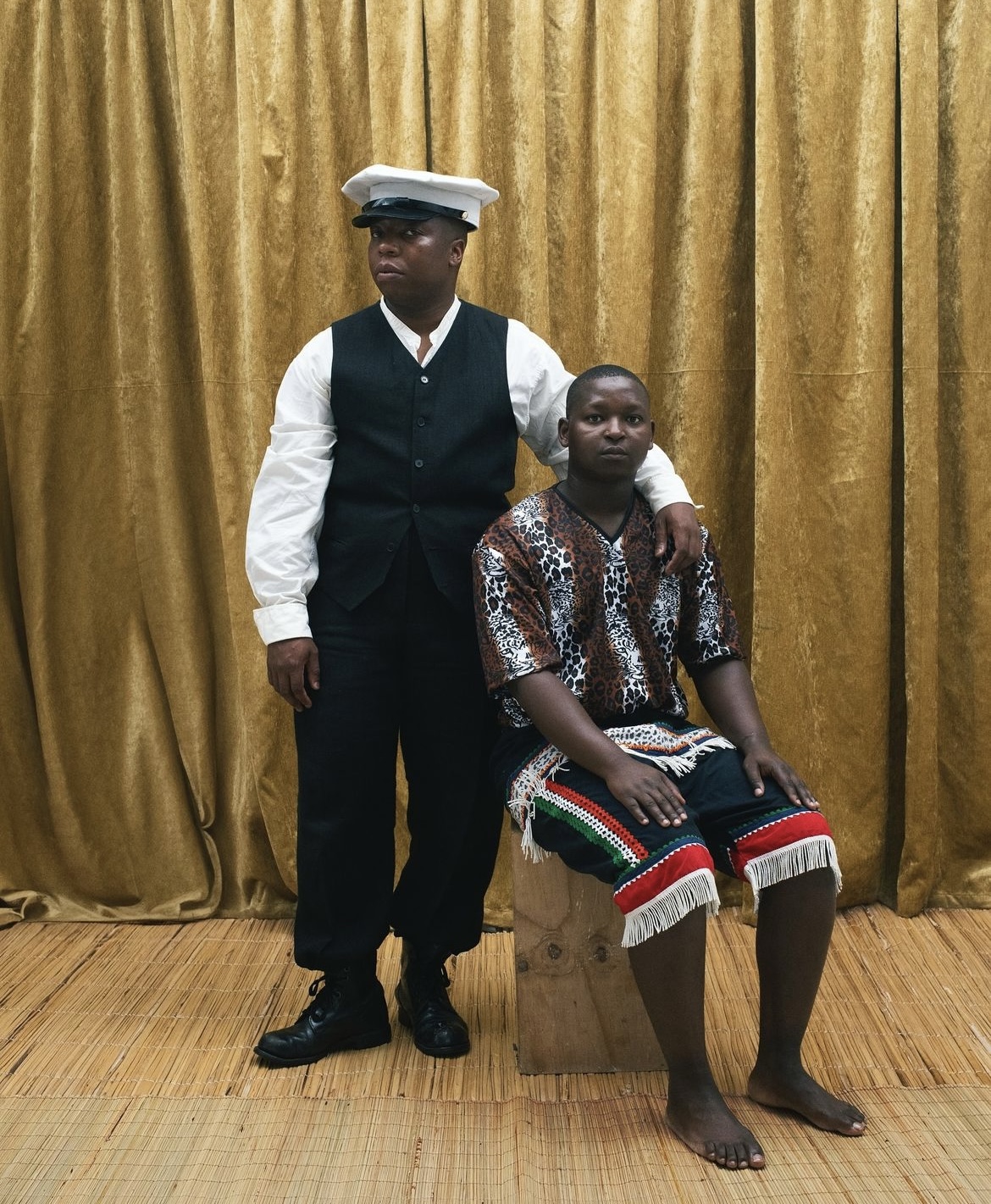
In a fast-paced world focused on the future, why is it crucial for young people to engage with South Africa’s fashion history? How can this exhibition deepen their connection to identity and cultural pride?
Erica de Greef: One of our goals with Fashion Accounts was to reshape the museum experience for schoolchildren who visit Museum Africa. Many museums still carry colonial residues that perpetuate trauma.
We wanted to present richer, layered sartorial histories that celebrate resilience and cultural resistance. By doing so, we hope to instil hope, joy, and pride in visitors, encouraging them to see themselves in these histories and embrace their eclectic, contemporary South African identities.
The Bernberg Costumes & Textiles Collection remains largely Eurocentric. How do you weave Afrocentric narratives into such collections to transform their meaning?
Wanda Lephoto: It starts with decolonisation—moving away from Western definitions as the standard and collectively defining new ones rooted in our own cultures. This involves confronting traumatic histories while creating new frameworks that centre Black experiences.
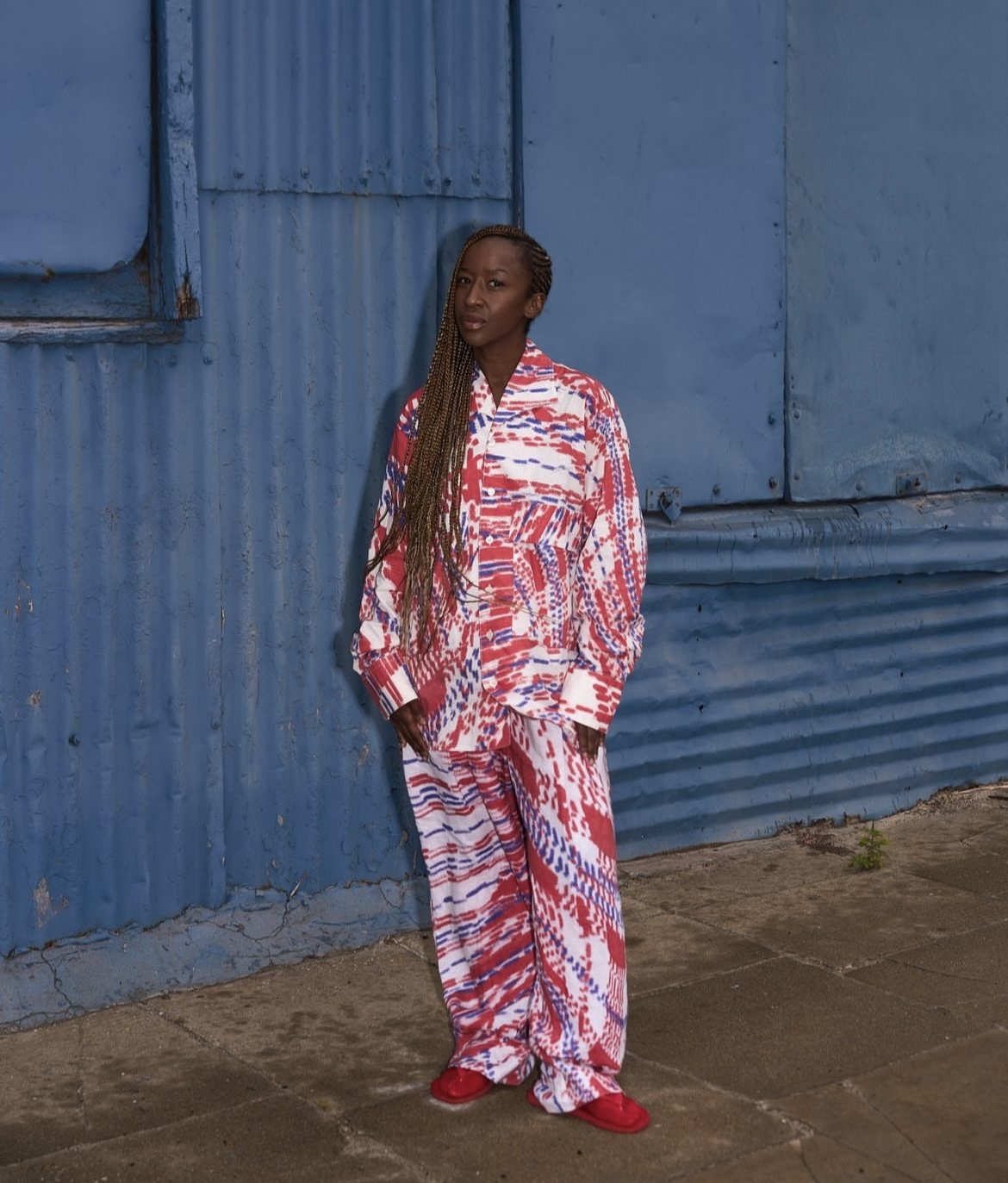
What steps must museums take globally to address their colonial pasts and present more inclusive histories?
Alison Moloney: Decolonising museums requires a permanent dialogue, not isolated moments. This means rethinking original collecting practices, addressing absences, and engaging community groups and specialists in meaningful ways. Museums should embrace unconventional approaches, such as incorporating dance and performance into exhibitions, to reflect diverse histories and experiences.
Fashion is often seen as fleeting, yet this exhibition frames it as a lens for understanding history. What do you hope visitors take away about the importance of preserving South African Black fashion stories?
Erica de Greef: Ten years ago, The Sartists responded to the absence of Black South African fashion stories in textbooks and exhibitions with their Tennis Series. That need for representation persists today.
With Fashion Accounts, we hope to inspire museums and educational institutions to embrace fashion’s power in amplifying voices that have been denied visibility. By shifting the narrative from one of oppression to one of creativity and cultural expression, we can illuminate alternative genealogies as pathways to the future.
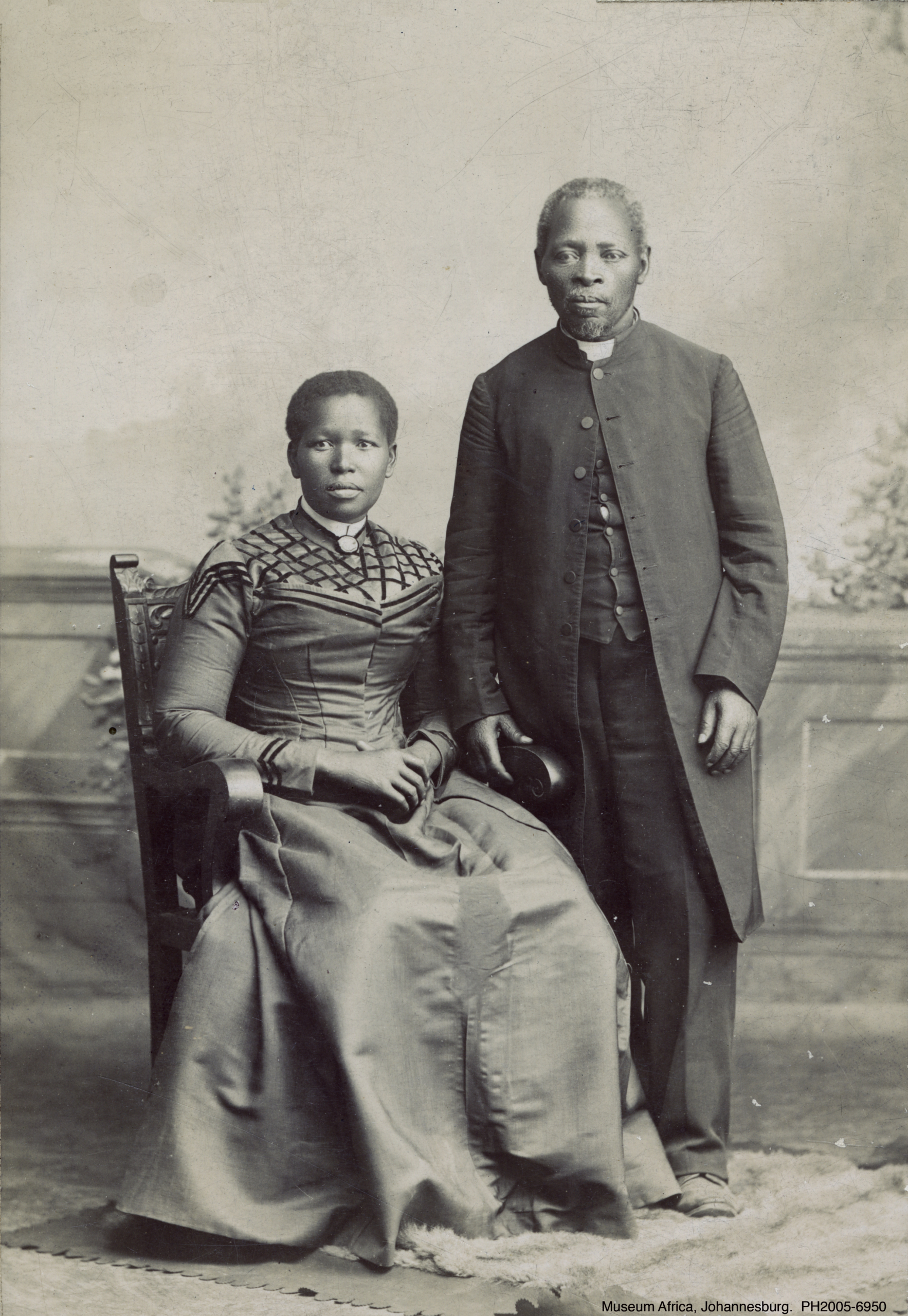
Through Fashion Accounts in Museum Africa, visitors are invited to reckon with the past, celebrate resilience, and redefine what it means to preserve history. This exhibition is not just a tribute to Black South African fashion—it is a call to action for the world of fashion and beyond.

